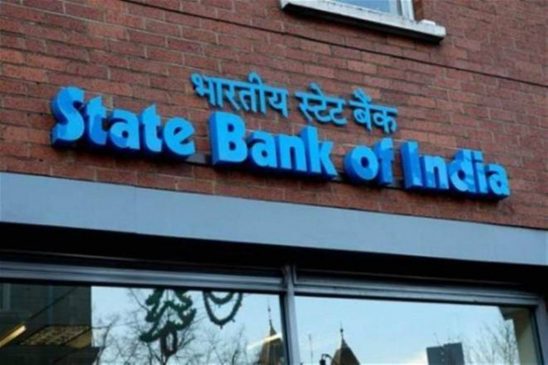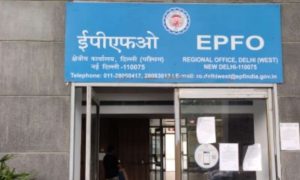SBI customer? ALERT! How to CHECK whether a message is from your bank or a FRAUD one? See here
Bank customers – how will you understand who is behind the door? How will you know if it is your bank that is sending you certain messages, or you have fallen prey to certain frauds pretending to be your bank? Well, the State Bank of India (SBI) has pointed out how to recognise the messages from the banks. An SBI customer can also login to onlinesbi.com for further details.
Recently, SBI has tweeted from its official Twitter account regarding how to stay alert and recognise whether certain messages are being sent from the bank or not. The tweet said, “Always check who’s behind the door before letting anyone in. Here is your key to safety.”
Read more:You can now apply for passport at nearest India Post office, know process here
The SBI has also mentioned how to verify the messages for the convenience of its customers. The SBI customers must note that in order to verify whether a message is from SBI, they should check the shortcode starting with ‘SBI/SB’ only, for example SBIBNK, SBIINB, SBIPSG,SBYONO.
The SBI customers must not act on messages from unknown sources. They must check the messages to monitor the account’s activities.
One must be aware of the fact that phishing attacks use both social engineering and technical subterfuge to steal customers’ personal identity data and financial account credentials. The SBI customers must be aware of the process by means of which the phishing attacks take place, they are as follows:
1) Internet banking user receives a fraudulent e-mail seemingly from a legitimate Internet address.
2) The email invites the user to click on a hyperlink provided in the mail.
3) User clicks the hyperlink and is redirected to a fake web site that looks similar to the genuine Internet banking site.
4) Usually, the email will either promise a reward on compliance or warn of an impending penalty on non-compliance.
5) User is asked to provide confidential information, such as login/profile or transaction passwords and bank account numbers etc.
6) User provides the details in good faith and clicks on ‘submit’ button.
7) User is displayed an error page
8) User has fallen prey to a phishing attack.
Read more:RBI Update: Salary, pension, EMI payment rules to change from August 1
One must not click on any link, which has come through e-mail from an unknown source. It may contain malicious code or could be a ‘Phishing attack’. One must not provide any information on the page that has come up as a pop-up window. The bank customers must remember the fact that information like password, PIN, TIN, etc are strictly confidential and are not known even to employees/service personnel of the Bank. Therefore, one must never divulge such information even if asked for.
For more information, one can login to the SBI website at onlinesbi.com





































